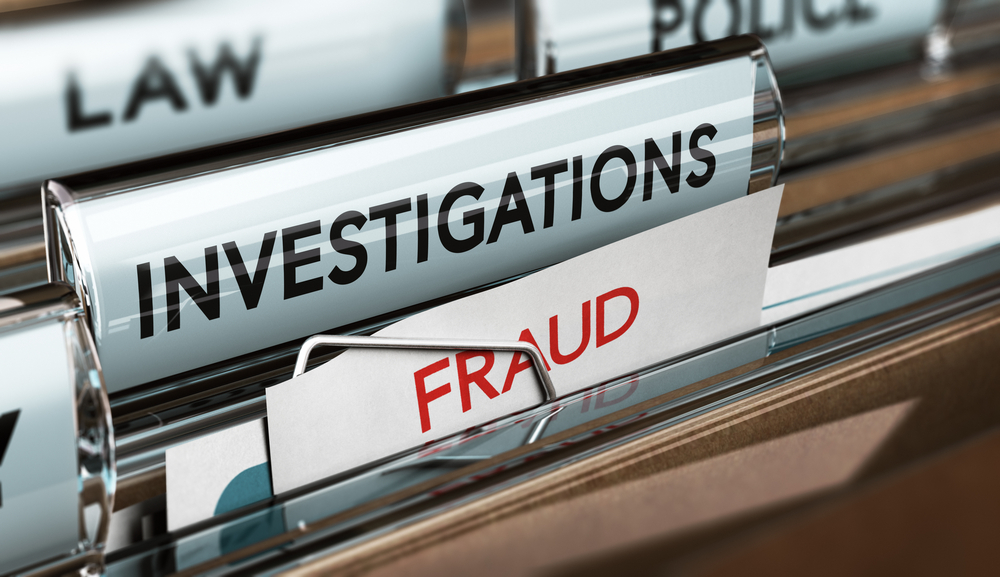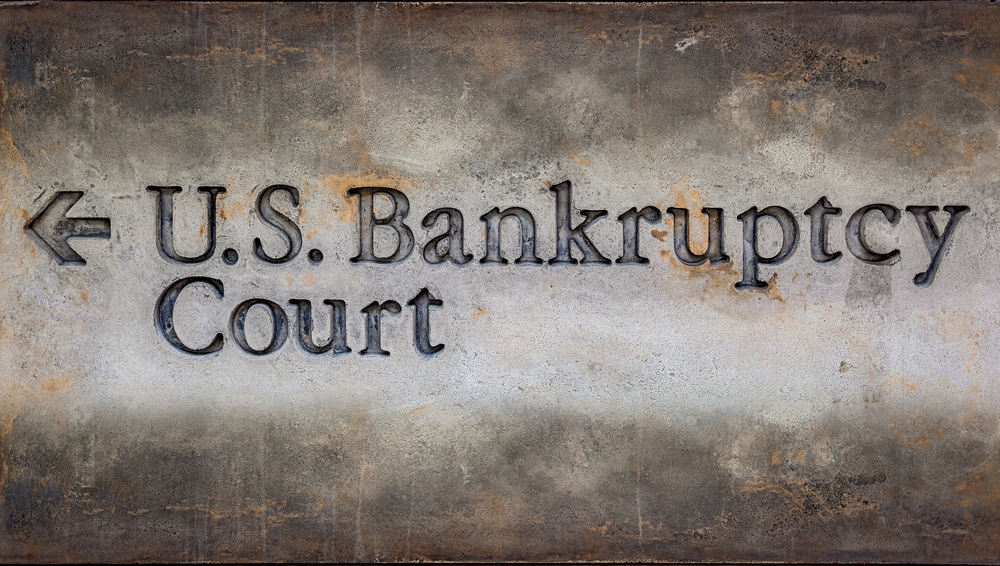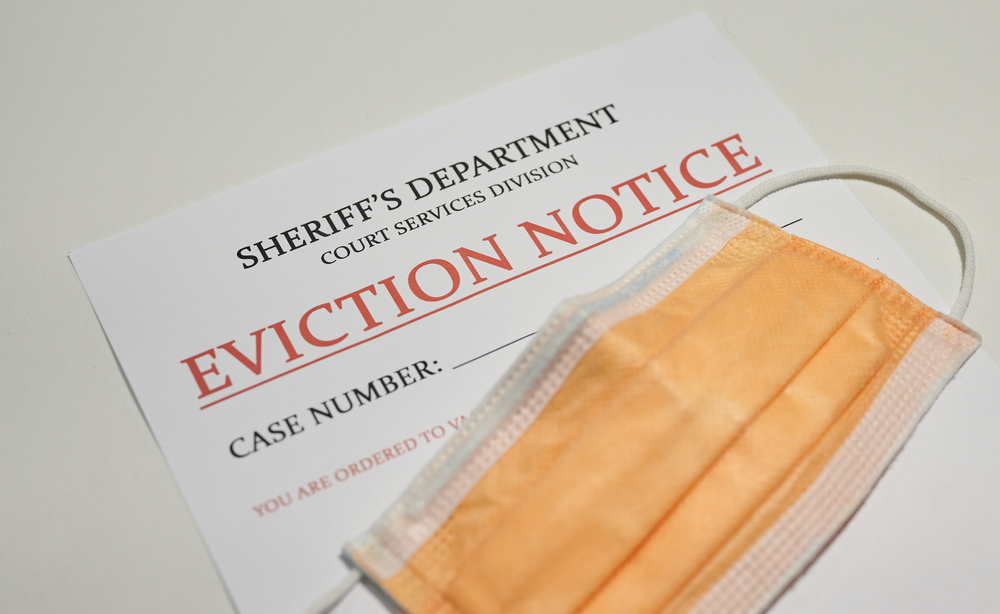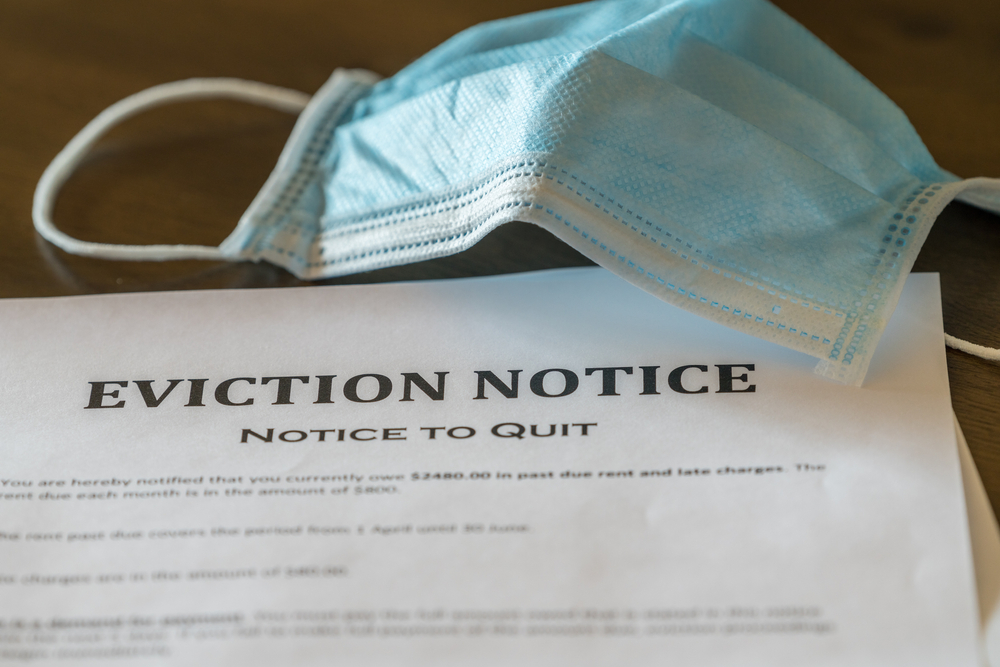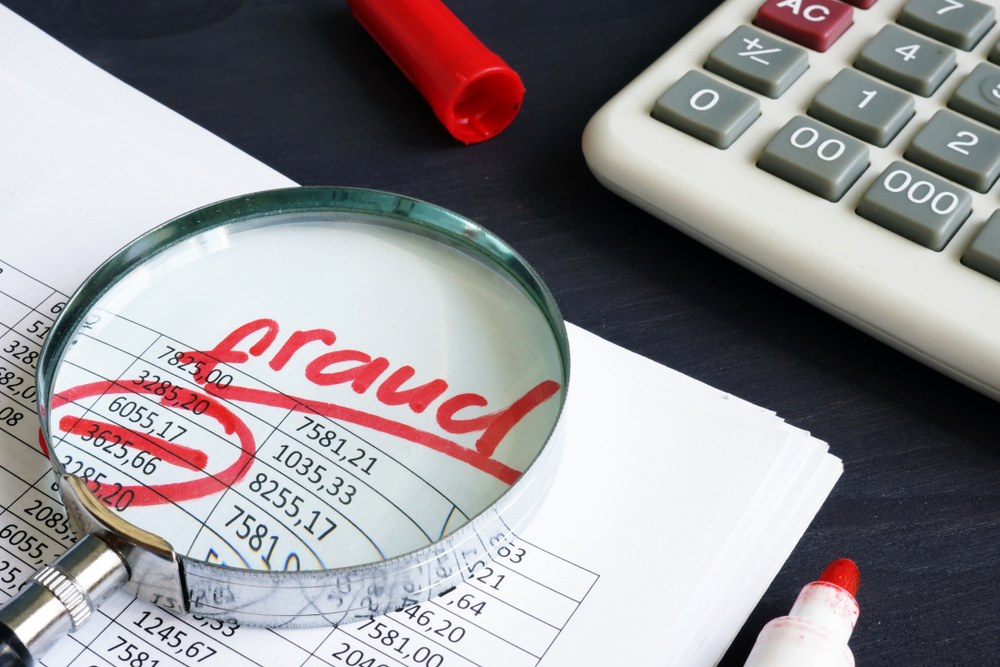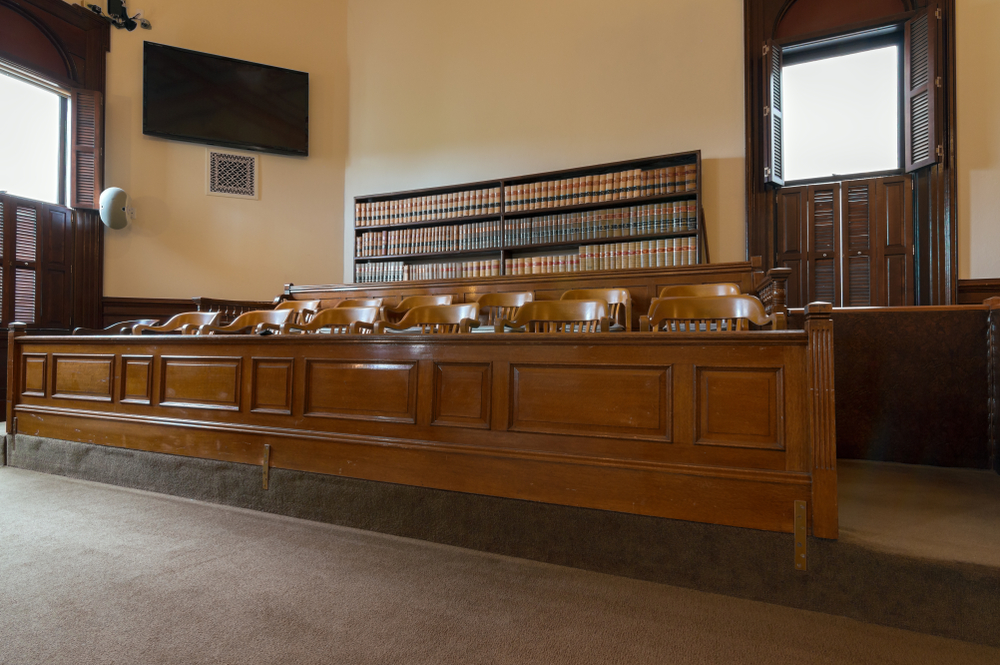Bankruptcies way down in spite of economic crisis
Even with millions of Americans out of work and many businesses struggling to survive, bankruptcy filings are significantly down in the U.S. this year, compared to last. In fact, according to the American Bankruptcy Institute, total bankruptcy filings were 42% lower in May 2020 than they were in May 2019, even as commercial Chapter 11 filings increased 48%. Consumer bankruptcies were down 43% from the same time last year, but up 3% from April 2020.
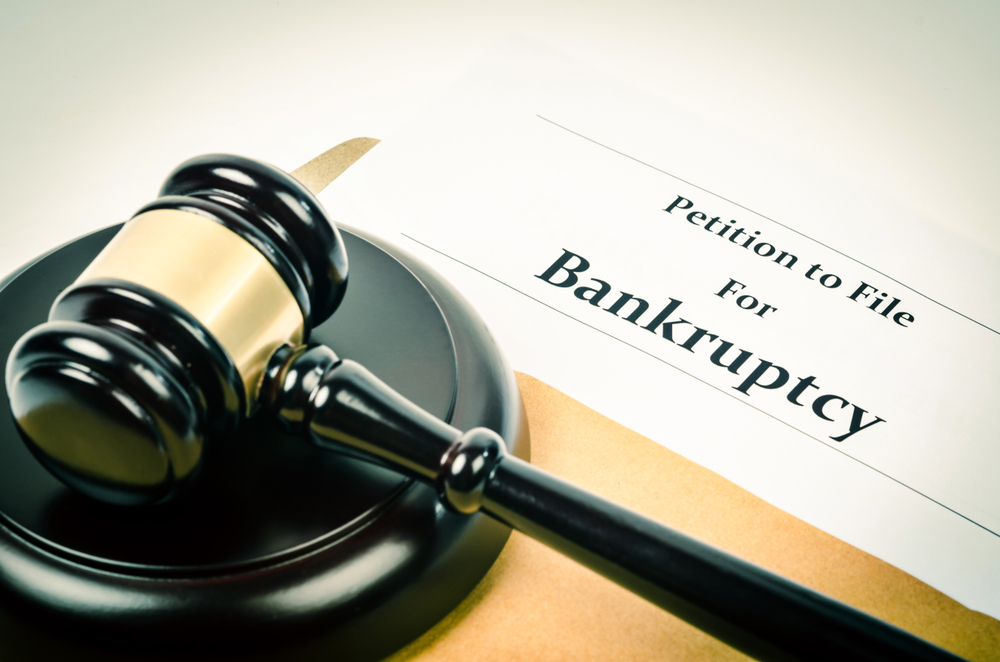
SEE CHART: Bankruptcy filings plunge at height of pandemic
Expect filings to spike
Bankruptcy professionals are preparing for a deluge of new filings. They liken the dramatic drop in bankruptcies to the sea waters being sucked away from shore ahead of a tsunami. “We fully anticipate that filings are going to increase,” said Amy Quackenboss, executive director of ABI. “Whether that’s later in the summer or in the fall, it’s hard to tell, but people are getting ramped up for it. I can tell you that the bankruptcy professionals are getting geared up.”

Quackenboss said bankruptcies have been staved off thus far, in spite of the pandemic and related economic crisis, because of several measures enacted to help people through what is hoped to be a temporary economic downturn. Those measures include federal assistance for individuals and businesses, enhanced unemployment benefits, moratoriums on foreclosures and evictions and bank forbearance programs allowing people to miss or reduce mortgage payments.
RELATED: Americans hurt by COVID-19 treatments will have few legal options
RELATED: Coronavirus liability a concern as small businesses reopen
“These provisions are helping people stay afloat,” Quackenboss said. “We are at just historic unemployment numbers and yet things are still holding together because of the aid these economic packages are providing to people.” But she noted the programs were enacted with the idea that economic conditions would return to normal relatively quickly. “The longer this goes on, and as those assistance provisions expire, people are going to feel the economic distress and companies are going to file more,” she said.
Filing businesses were struggling before
The one area of increased bankruptcy activity – Chapter 11 business filings – owes more to the companies’ shaky finances before the pandemic, according to Quackenboss. Quackenboss said the dramatic spike in that area also doesn’t necessarily mean a lot more businesses are filing. More likely, she said, it’s due to the size of the corporations seeking bankruptcy protection. According to Quackenboss, many of the businesses filing now have scores of subsidiaries that are filing simultaneously. For example, when the restaurant chain Le Pain Quotidien filed for Chapter 11, it had 104 related cases.
Different ways to file bankruptcy
There are several different laws that govern bankruptcy filings. But there are two basic categories of bankruptcy that are used by most businesses and individuals: reorganization and liquidation.
With bankruptcy reorganization (Chapters 11 and 13), a company or person hopes to come out with some assets and a plan for economic viability moving forward. In such a bankruptcy, the debtor will submit a plan for paying off creditors, selling some assets and keeping others. The idea with this type of bankruptcy is to give a debtor a fresh start.
Businesses more often file Chapter 11 for reorganization, while individuals file under Chapter 13.
With bankruptcy liquidation (Chapter 7), the debtor sells off all assets to pay debts. In the case of a corporation, it will no longer exist after the process is complete. Most consumer bankruptcies – on average more than 60% – are filed under Chapter 7, according to data provided by ABI. In 2019, more than 109,000 filed for bankruptcy under Chapter 7.
In general, Quackenboss said, businesses try to avoid filing under Chapter 7 until they’ve exhausted other options.
Jeremy and Sue Stocker filed for personal bankruptcy under Chapter 7 because they kept their business assets, primarily their truck, personally. Their business, Unwanted Autos in Highland, Mich., bought junk vehicles and sold them to a scrapyard.

“It’s all new to us,” Jeremy Stocker said.
“We’re now to the point to where it’s kind of our last option, so it is what it is,” his wife added.
They said their financial problems began with a lawsuit from a neighbor that resulted in a $90,000 judgment against them when the lawyer they hired failed to represent them. They hired a different attorney Stuart Gold for their bankruptcy, which they filed May 26. The most difficult part, they said, was gathering all their financial records to bring to the lawyer’sGold’s office. They had to answer questions about the value of everything they own, including their furniture and tools. “You have to be honest with them because if you’re not, things won’t go right,” Jeremy Stocker said. “It is scary.” They completed two online credit counseling sessions and were waiting for a creditors’ meeting. They’re also fearing the possibility of losing their home. “If you have too much equity, you can lose your house in bankruptcy,” Jeremy Stocker said. “We didn’t want to do that.” Preliminarily, at least, they think they have avoided that possibility.
Legal help for small businesses
Quackenboss said some businesses are holding off filing under Chapter 11 now because they don’t have any revenue. And to file under Chapter 11, a business has to show some revenue on the books that could be used to pay debts.
Coincidentally, just before the pandemic hit, a new bankruptcy law aimed at helping smaller businesses reorganize, the Small Business Reorganization Act, went into effect. The law reduced some of the requirements of Chapter 11 filings, making the process less expensive for small businesses and putting reorganization within reach.
For example, Quackenboss said, now small business reorganizations don’t require creditors committees. This is a requirement under Chapter 11 that can become expensive, Quackenboss said. And in these reorganizations, debtors’ assets are used to pay the professionals that sit on those committees.
Small businesses now have trustees that help shepherd them through what’s known as subchapter V of Chapter 11. This is different than standard Chapter 11 for businesses where parties involved can be at odds with each other.
The idea was to give small businesses a real chance of reorganizing and surviving bankruptcy rather than having to liquidate.
That law applied to businesses with as much as $2.7 million in debt. Then, as part of its temporary pandemic relief efforts in the CARES Act, Congress amended that to allow the small business law to apply to businesses with as much as $7.5 million in debt, Quackenboss said.
Although Congress could extend it or make it permanent, this provision is scheduled to expire after a year, after which the debt limit would return to $2.7 million.
Other bankruptcy provisions in the CARES Act include:
- Changing the definition of “income” under chapters 7 and 13 so as not to treat COVID-19-related payments from the federal government as income or disposable income in bankruptcy.
- To allow individuals and families in Chapter 13 bankruptcy to request modifications to their payment plans because of pandemic-related financial hardship.
Contact Elaine Silvestrini at Elaine@legalexaminer.com. Follow her on Twitter at @WriterElaineS.










